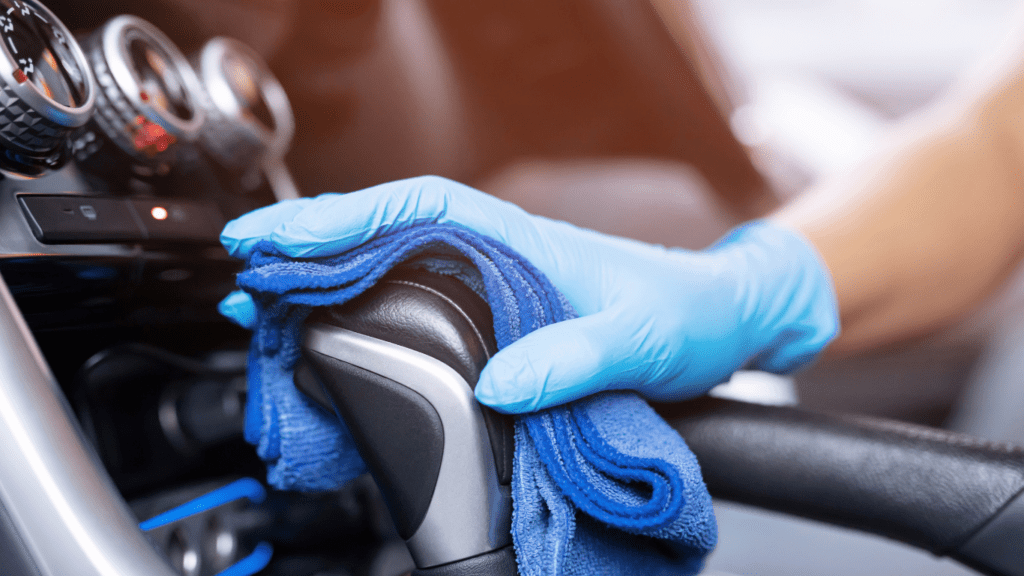Importance of Proper Car Alignment and Suspension
Proper car alignment and suspension are vital for vehicle performance, safety and longevity. Misalignment and poor suspension can lead to tire wear, discomfort, and accidents.
Signs Your Car Needs Alignment
Identifying the signs of misalignment can prevent further damage. I look for:
- Uneven Tire Wear: Tires (e.g. left and right) show different wear patterns.
- Steering Wheel Vibration: Steering wheel shakes while driving.
- Vehicle Pulling: Car drifts to one side, despite the steering wheel being straight.
- Crooked Steering Wheel: Steering wheel is off-center when driving straight.
Benefits of Regular Alignment and Suspension Checks
Regular checks bring several advantages:
- Enhanced Safety: Proper alignment reduces the risk of accidents.
- Prolonged Tire Life: Correct alignment prevents early tire wear.
- Better Fuel Efficiency: Aligned wheels reduce resistance and improve mileage.
- Improved Handling: Maintained suspension enhances control and comfort.
Maintaining proper alignment and suspension ensures a smoother, safer ride and extends vehicle life.
What to Expect from Professional Alignment Services
Professional alignment services maximize your vehicle’s performance and safety. Expect precise adjustments to ensure optimal handling and tire longevity.
Alignment Technologies and Techniques
Modern alignment services use advanced technologies and techniques. Laser alignment systems and computer sensors detect deviations, ensuring precise adjustments.
These systems correct camber, caster, and toe angles for balanced handling. Digital imaging tools provide real-time visualizations, enhancing accuracy during the alignment process.
Choosing the Right Service Provider
Choosing the right service provider impacts the quality of alignment services. Look for certified technicians with experience in vehicle alignment.
Read reviews and check ratings to gauge customer satisfaction. Ensure the provider uses advanced alignment technologies. A reliable provider offers warranties, guaranteeing the alignment work and providing peace of mind.
Understanding Car Suspension Services
Car suspension services ensure a smooth and stable ride. They address components that absorb shock and maintain tire contact with the road.
Types of Suspension Systems
Several suspension systems offer varied benefits. Each system has unique components designed to improve vehicle performance.
- Independent Suspension Systems: These systems allow each wheel to move independently. MacPherson struts and double wishbone systems are common examples. They provide better handling and traction.
- Dependent Suspension Systems: These connect wheels across an axle. Solid axle and beam axle systems are examples. Common in trucks and off-road vehicles, they offer durability and strength.
- Semi-Independent Suspension Systems: These partially link wheels, providing a balance between independent and dependent systems. Torsion beam suspension is a typical example, found in many compact cars.
Common Suspension Issues and Their Fixes
Identify and fix suspension problems to maintain vehicle safety and comfort. Recognizing these issues early can prevent significant damage.
- Worn Shock Absorbers: Shock absorbers that are worn out can cause excessive bouncing. Replacing the shocks restores ride control and comfort.
- Broken Springs: If a vehicle sags on one side, a broken spring might be at fault. Fixing involves replacing the faulty spring with a new one.
- Imbalanced Wheels: Vibrations at high speeds often indicate imbalanced wheels. Balancing the wheels corrects this problem and ensures a smooth ride.
- Leaking Fluid: Oil or fluid leaks around struts or shocks suggest they need replacement. Prompt action prevents further suspension damage.
- Worn Bushings: These rubber components cushion different parts of the suspension. Replacing worn bushings reduces noise and restores performance.
Regular suspension checks and timely repairs keep the vehicle running safely and efficiently. Identifying and addressing these problems early ensures a comfortable driving experience.
DIY vs. Professional Services: What You Should Know

When considering car alignment and suspension services, the choice between DIY and professional services is critical. I’ll break down the key aspects to consider for each option.
DIY Car Alignment and Suspension Services
Cost-Effective: DIY methods for alignment typically involve less expense. Equipment like alignment tools, jack stands, and manuals cost less than professional services.
Skill Level: DIY alignment requires mechanical skills and a good understanding of your vehicle’s specifications. Mistakes can lead to improper adjustments, affecting safety and performance.
Time-Consuming: The process demands time and patience. DIYers must ensure every measurement is accurate, which could take hours.
Basic Tools: DIY repairs often require basic tools like wrenches, pliers, and alignment gauges. More complex jobs might need specialized tools.
Professional Car Alignment and Suspension Services
Advanced Equipment: Professionals use state-of-the-art equipment like computerized alignment machines, providing precise adjustments that DIY methods may not achieve.
Expertise: Trained technicians possess the expertise to diagnose and fix alignment and suspension issues swiftly. Their experience ensures quality and reliability.
Time-Efficient: Professional services typically complete the job quickly and accurately. Their proficiency reduces downtime for your vehicle.
Warranty: Many professional services offer warranties for their work. This guarantee ensures that any future issues stemming from the repair can be addressed at no additional cost.
Key Differences
| Aspect | DIY Services | Professional Services |
|---|---|---|
| Cost | Low | Higher |
| Skill Requirement | High | Low for car owner |
| Time Commitment | High | Low |
| Tools Needed | Basic/Specialized | Advanced/Computerized |
| Precision | Variable | High |
| Warranty | None | Often Provided |
Making the Choice
Opt for DIY if you are mechanically inclined and have the time. Choose professional services if precision, speed, and reliability are priorities. Each approach has pros and cons, and the right choice depends on your specific needs and capabilities.

